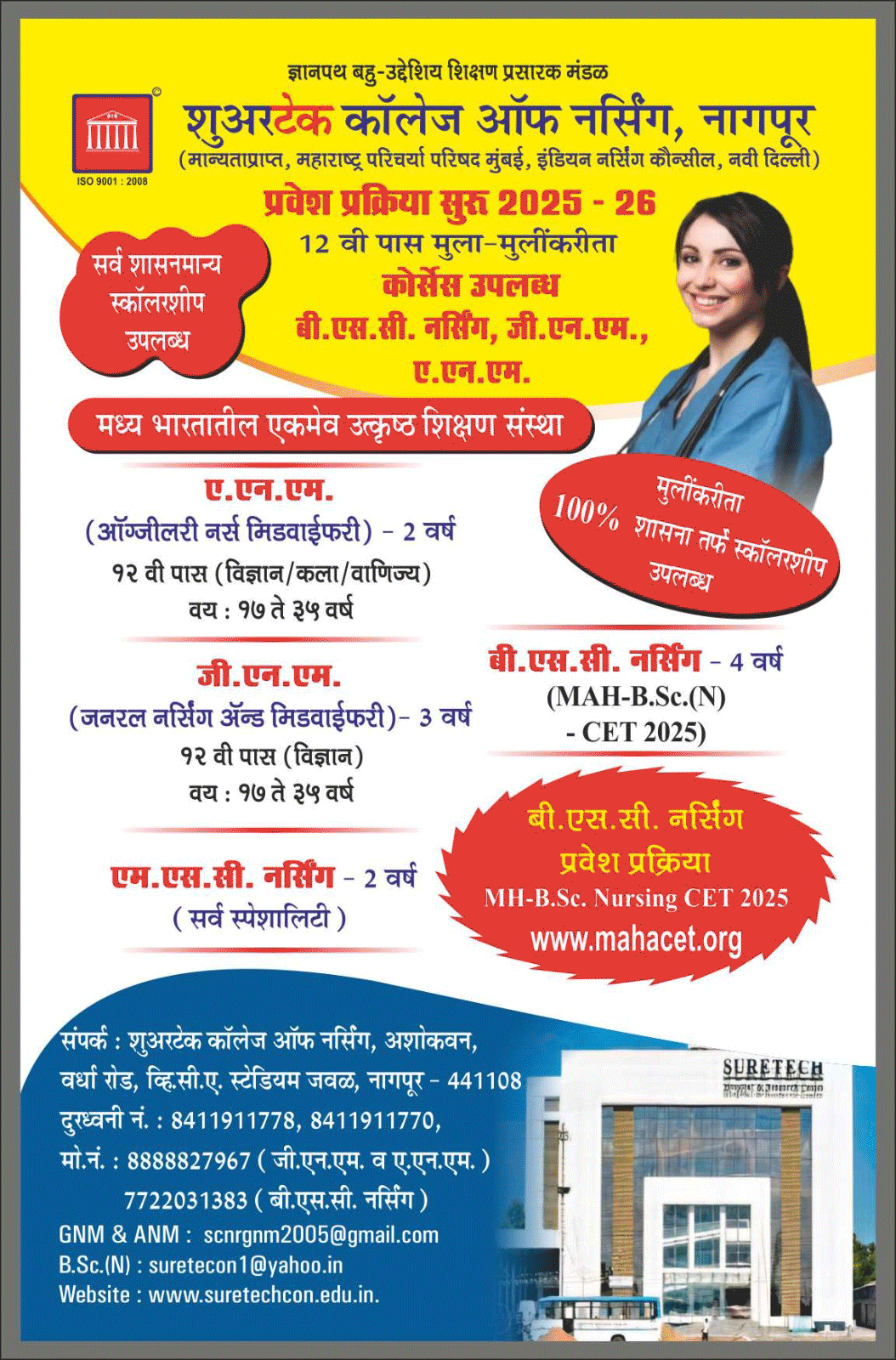As hair fall moves from being a vanity concern to a health red flag, wellness brands are quick to jump on the bandwagon. But amidst the marketing and testimonials, where does Traya stand in terms of long-term hair health?
A Shift in the Question
Ten years ago, people asked, “Does this product reduce hair fall?” Today, the question has matured: “Is this brand good for my hair?”
It’s a more layered inquiry. Being “good for hair” isn’t just about quick regrowth, it’s about whether the approach aligns with your biology, your lifestyle, and your long-term health. And it’s here that Traya operates differently from most products in the market.
So, let’s unpack what “good for hair” actually means, and whether Traya lives up to it.
Beyond Surface-Level Care
Most hair products focus on the scalp and shaft: oils for moisture, serums for shine, shampoos for flake control. Traya, however, works from the inside out.
Their pitch is unconventional but straightforward: hair is a symptom, not the problem. If your digestion is weak, your iron levels are off, or your hormones are out of sync, your hair will reflect it. The solution, then, isn’t another mask, but a multi-pronged plan that corrects the inside first.
That’s a bold departure, and one that has drawn both praise and scepticism.
What Makes a Product “Good for Hair”?
Let’s break it down into five factors:
- Effectiveness – Does it reduce hair fall and promote regrowth?
- Safety – Does it avoid long-term damage or side effects?
- Sustainability – Are results dependent on continuous use?
- Holistic Benefit – Does it improve more than just your hair?
- Personalisation – Is the treatment right for your body and needs?
Traya ticks most of these boxes, but the experience varies depending on who’s using it.
What Users Say
Asha Mehta, 33, from Pune, had been on anti-dandruff shampoos for a year with no relief.
“It wasn’t just the hair fall, I was constantly tired and bloated. Traya’s gut protocol initially felt excessive. But within six weeks, not only did my hair fall reduce, but I stopped needing antacids. That’s when I started believing in their logic.”
Jayant Kapoor, 40, from Delhi, had a more lukewarm experience.
“The Minoxidil worked, no doubt. But the Ayurvedic detox was hard to follow. I eventually stuck only with the topical. Did my hair improve? Yes. Was it because of Traya or just Minoxidil? I can’t say.”
The takeaway? Traya works best for those who fully engage with the program, rather than just picking and choosing what’s convenient.
The Role of Personalisation
Traya’s hair test isn’t a gimmick. It asks over 20 questions related to:
- Digestion and bowel habits
- Stress and sleep quality
- Menstrual history (for women)
- Hair loss zones and patterns
- Existing conditions like PCOS, hypothyroidism, or anaemia
This data is used to build a protocol that feels more like a doctor’s report than a product manual. For instance:
- Users with high stress may receive Ashwagandha or magnesium
- Users with signs of poor absorption get probiotics
- Those with scalp inflammation might be asked to pause Minoxidil initially
This nuance makes the treatment safer, and, in most cases, more effective.
What About Regrowth?
Here’s the reality: not all hair loss is reversible. Traya never claims to regrow dead follicles. Instead, it focuses on improving density in thinning areas, strengthening weak strands, and preventing further loss.
In early to moderate cases, especially involving:
- Postpartum shedding
- PCOS-related thinning
- Diffuse hair loss from stress
- Telogen effluvium after illness (like COVID)
…users often report visible results within 8–14 weeks.
“The baby hair on my temples, that’s the first thing I noticed,” says Anjali Rao, 28, from Bangalore. “Then came the volume. It wasn’t overnight, but it was steady.”
Is It a Lifetime Commitment?
Unlike salon treatments or biotin gummies that offer short-term fixes, Traya doesn’t recommend indefinite use. Most treatment cycles last 3–6 months, after which doctors reassess.
Minoxidil use may be extended for maintenance. Internal supplements are tapered down. Users are often encouraged to continue only what aligns with their ongoing needs.
That makes Traya more sustainable than dependency-based brands, but again, it requires users to stay involved and track progress with their coach.
Dermatologists Weigh In
Dr. Rekha Vyas, a clinical dermatologist based in Ahmedabad, explains:
“Hair fall is the body’s way of flagging imbalance. You can’t fix it with surface-level applications alone. Traya’s strength lies in its ability to integrate multiple systems, topical, internal, and emotional. That’s good medicine, not just good marketing.”
She does offer a caveat:
“The Ayurvedic components are mild, but still need supervision. And users need to understand, it’s not a shortcut. It’s a system.”
Who Should Consider It?
Traya may be an excellent fit for:
- Women with PCOS, thyroid, or postpartum hair loss
- Men with early-stage male pattern thinning
- Users with chronic stress, fatigue, or gut issues
- People who’ve tried everything else and still feel stuck
It may not be ideal for:
- Advanced baldness (where transplant may be the only option)
- People looking for instant results
- Users unwilling to follow a multi-step protocol
Final Thought: It’s Not Just Good for Hair – It’s Good for the Person
The best hair care isn’t just about treating your scalp. It’s about understanding your biology, making long-term shifts, and staying patient enough to let your body catch up.
Traya doesn’t sell hope in a bottle. It offers a structured pathway, supported by data, habit coaching, and fundamental clinical tools. Is it the easiest option out there? No. Is it the flashiest? Definitely not.
But in a landscape of superficial fixes, Traya stands out for offering actual care.
















